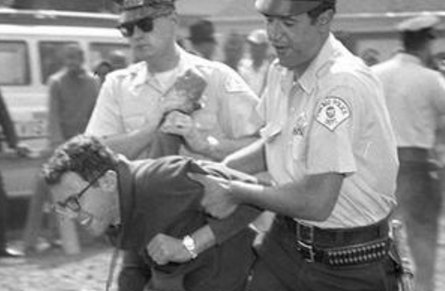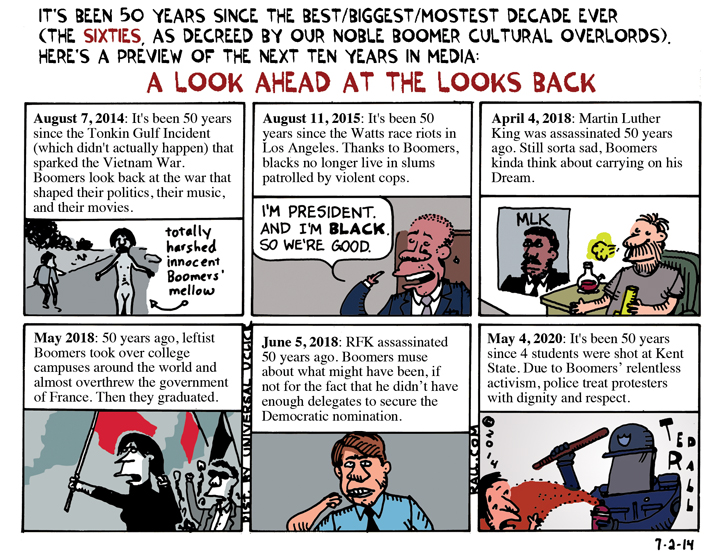
Thomas Frank made a splash a decade ago with a bestseller called “What’s the Matter With Kansas?” In his book Frank attempted to answer the question: why do so many Americans — working-class Americans — vote against their economic and social interests — i.e., Republican?
I’ve been thinking about Frank a lot lately. Beginning with the Southern states on Super Tuesday and continuing through Tuesday’s important New York primary, the crucial support of black voters has created a “firewall” for Hillary Clinton against the insurgent candidacy of Bernie Sanders in the Democratic race for president. Yet Sanders is far more liberal than Clinton, and has a far better record on black issues than she does.
What’s going on? Why are so many black Americans voting against their own interests — i.e., for a Democrat in Name Only?
Sanders, the liberal radical, in the race, carries white states. Clinton, the conservative incrementalist, carries those that are more ethnically diverse. In New York this week, the pattern continued (though there’s strong evidence the primary was stolen by Clintonista-Cuomoite henchmen, but that’s another story). According to exit polls, Hillary carried 75% of African-Americans in New York, compared to 49% of whites. Because it’s uncomfortable for liberals to talk about, no one much does. But the data is clear.
There is a glaring racial divide within the Democratic Party.
This appears to be new. On November 7, 1984, posters went up in my old neighborhood, the Manhattan Valley section of upper Manhattan. They were printed by the city Democratic Party, thanking residents for voting for Walter Mondale over Ronald Reagan at the highest rate in the United States. Then as now, the area was diverse: predominantly Latino, with many blacks and, due to nascent gentrification, a growing white presence. We were all — young white people like me, young people of color, middle-aged people of color, old people of color — on the same page politically: as far left as allowed by law. If there’d been a Bernie Sanders on the ballot in 1984, he would have gotten 99% of Manhattan Valley.
Things have changed over the last 32 years. It’s hard to tell when or how or why. Howard Dean and John Edwards (both insurgent liberals who had trouble attracting black votes) included, Democratic Party politics hasn’t seen any major candidate as left or progressive as Bernie Sanders during that period (really, since George McGovern in 1972). Until now, it’s been hard to clearly perceive the race gap.
Privately, many of Sanders’ supporters are paraphrasing Thomas Frank: what, they wonder, is going on with black people? If the Democratic primary campaign were based on the issues and the candidates’ personal histories, we’d expect blacks to be a key voting bloc for Bernie, not Hillary.
On racial justice issues, Bernie is a zillion times better than Hillary.
During the Civil Rights movement in 1963, Bernie Sanders got arrested to protest housing segregation and traveled to the March on Washington to hear Dr. Martin Luther King speak. Meanwhile, Hillary Clinton was an “active young Republican and, later, a Goldwater girl.” Barry Goldwater voted against the Civil Rights Act.
Sanders has consistently championed racial equality and fought poverty and income disparity, two economic scourges that hurt blacks worse than anyone else. As First Lady, Clinton pushed her husband’s 1994 crime bill, which accelerated mass incarceration of blacks. (Though she and Bill now admit it went too far, neither have proposed actually doing something to fix it, like letting those sentenced under the law out of prison.) She also backed “welfare reform,” which drastically increased extreme poverty, especially among blacks. And while running for president in 2008, she was the only candidate who said she wouldn’t end the crack and powder cocaine sentencing disparity. Hillary is essentially a Republican.
Since when do blacks vote Republican?
One possible answer is name recognition. Hillary Clinton has been a boldface name in politics since 1993. As recently as September, 38% of all Americans had never heard of Bernie Sanders. But that doesn’t explain the race gap. Sanders was an obscure figure to whites and blacks alike.
Another is class. Influenced by Marx, Old Left Democrats like Sanders see racism, sexism and other forms of oppression as subsets of class warfare by ruling elites against the rest of us. Today’s Democrats have abandoned class analysis in favor of identity politics.
So even though she’s wealthy, devotees of identity politics see Hillary Clinton as a victim of oppression because she’s a woman. Even though he’s Jewish and middle-class, identitarians consider Bernie Sanders a privileged white male. Perhaps this is why some black voters relate to her more than the old guy.
Then there’s a factor so ugly that many of us on the left don’t like to discuss it: black anti-Semitism. According to Anti-Defamation League surveys, anti-Semitism is significantly more widespread among African-American and Latino voters than the population as a whole. Some black voters may be holding Bernie’s Jewishness against him.
Ageism may play a role too: in part thanks to obvious plastic surgery, Hillary, 68, looks younger than Bernie, 74. But are blacks more ageist than white millennials?
Interesting speculation. But let’s look at what we know about how Democrats chose their candidates in New York. Hillary voters told pollsters they prioritized (in order) experience, electability (though Bernie is actually more electable) and continuing Obama’s policies.
Bernie voters said the factors they most cared about were honesty and trustworthiness, and policies more liberal than Obama’s.
There’s more than a whiff of the identity politics explanation there. Obama has been weak on racial issues. Understandably, many black voters nevertheless value his historical import as the first black president and remain loyal to him, despite his inaction on things that matter to them. Hillary was, of course, Obama’s secretary of state. And she invokes him all the time.
The (false) belief that Hillary is more electable than Bernie is, I think, the most underappreciated factor driving black support for her. The Rev. Al Sharpton ran for president in 2004. After he got trounced in the South Carolina primary, people wondered why a state with so many blacks delivered so few votes for the one black candidate in the race. One answer was instructive:
“The black vote is looking for a winner and they are not looking to make a statement about race. John Kerry is one of the whitest guys, you know what I mean,” David Bositis, an analyst with the Joint Center for Political and Economic Studies in Washington, told The New York Times at the time. For blacks, beating Bush was job one.
Times columnist Charles M. Blow recently made a similar point, that in order to survive blacks (especially in the South) have had to be cautious. Black voters think Hillary is better known and thus, in their opinion, more electable.
This year, black Democrats may be trying to make a statement about race, while being cautious. They may instead wind up increasing the chances of a victory by Donald Trump.
(Ted Rall is the author of “Bernie,” a biography written with the cooperation of Democratic presidential candidate Bernie Sanders. “Bernie” is now on sale online and at all good bookstores.)

